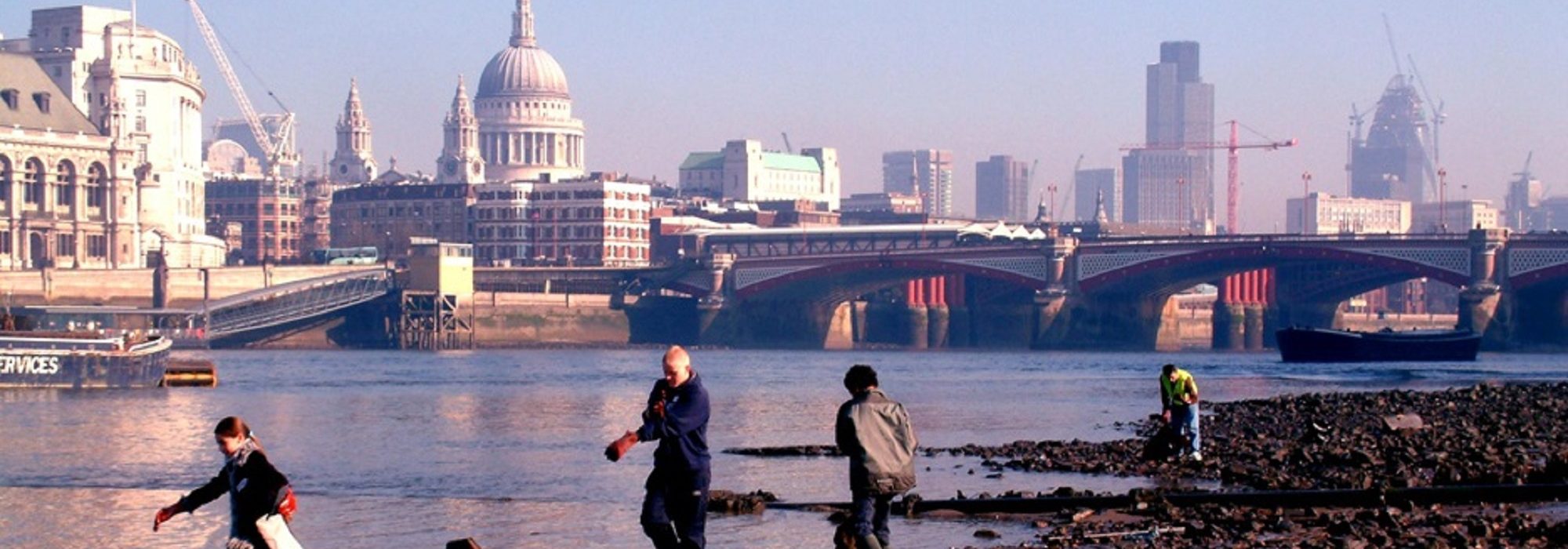Thames21 responds to Mayor’s draft Environment Strategy
Thames21 issued a formal response to the London Mayor’s new Draft Environmental Plan, a strategy for tackling the challenges facing London, and for ensuring our city is fit and pleasant to live in.
While we welcomed the ambition of the Plan, like many other environmental organisations we want to see a greater focus on rivers. Rivers hold the key to helping London meet the many environmental challenges identified by the Plan. The main points of our response are summarised below.
Recognise river habitats as a key provider of green infrastructure
Most watercourses attract a huge diversity of plants, known as riparian habitat, or sometimes ‘blue-green space’. The draft Plan highlighted the potential of ‘green infrastructure’ – a variety of different types of green space – but didn’t highlight strongly enough the fact that rivers are a crucial provider of this green infrastructure (partly because rivers resist being built on quite so easily as other green spaces).
We requested that the final Strategy – published next year – should recognise rivers as important routes of connection between different green spaces. This ties in with the Mayor’s vision for Healthy Streets and the need to reduce car use.
Recognise that river habitats can help London adapt to climate change
Rivers and their catchments will be affected by, and can help London adapt to, climate change. Large areas of London are at risk of flooding, as climate change intensifies rainfall patterns – good quality river restoration, Rainscapes (SUDS), new wetlands and Natural Flood Management can all help reduce the risk. Rainscapes and Natural Flood Management work with nature to ‘slow the flow’ of flood water by allowing it to soak into the ground and drain away safely.
Make healthy rivers a requirement of National Park City status
Thames21 recommended that the assumption of National Park City status should be conditional upon making a clear commitment to achieving set environmental standards, particularly towards reducing pollution in the rivers that enhance so much of London’s green space.
Recognise that rivers can help improve air quality and reduce urban noise
River habitats can help improve air quality and reduce urban noise, two key concerns of the Plan. Vegetation, especially trees, help trap particulate matter (airborne pollution) and absorb polluting gases such as nitrogen dioxide (NO2).
Recognise the huge impact of waste on our rivers
Thames21 reminded the Mayor that with our help, Londoners themselves are providing the last line of defence against the plastic tide of waste blighting the Thames, stopping significant amounts from reaching the ocean. We support volunteers to collectively remove an average of 200 tonnes of waste per annum from the Thames alone, much of it plastic. This does not include all the waste we remove every year from the tributaries, or the waste removed additionally by our Badged Groups.
Our Thames River Watch research shows the huge impact that food-related packaging and toiletry products are having on the River Thames.
We called on the Environment Strategy to devise incentives for manufacturers and retailers within London to reduce single-use packaging, and put pressure on central Government to act on this.
We called on the Mayor to support the One Less campaign, the Water4London campaign for water outlets at public transport nodes and tube stations, and the Straw Wars retailer campaign to ban plastic straws from London outlets.
Recognise that healthy Londoners need access to healthy rivers
Increasing safe and responsible public access to rivers throughout London should be included within the final Environment Strategy, Thames21 believes. Good quality river restoration projects, such as Ladywell Fields in Lewisham, not only improve the health of rivers but make it easier for people to get to them.
We also highlighted the fact that the huge benefits that blue/green space offer to Londoners’ wellbeing and health will not be realised if the majority of our rivers continue to be polluted by faulty plumbing and urban run-off.
Tackle the river pollution caused by misconnected plumbing
Raw sewage and other pollutants are being inadvertently dumped into the Thames and its tributaries due to misconnected plumbing. Just one of the 39 rivers in Greater London has qualified as having ‘good’ ecological status or potential, under the Water Framework Directive legislation designed to improve the UK’s waterbodies.
Thames21, along with CPiL (Catchment Partnerships in London) called for the Mayor to lead a Misconnections Campaign , seek greater control of new building work, and to call for Thames Water to invest more into London’s drainage network. We also called for Thames Water to publish more information on its website when sewage works and Combined Sewage Overflows discharge to the Thames during wet weather.
Recognise that Rainscapes can help clean up our rivers naturally
We highlighted the benefits that SUDS and wetlands can play in trapping pollutants, such as heavy metals from roads and dirty water from misconnected plumbing, before they reach the river.
Rainscapes have the potential to address pollution as well as boost biodiversity, if correctly designed and located, and a good example of this is at Firs Farm in Enfield: www.thames21.org.uk/firs-farm-wetlands
Support volunteering
The draft Environment Plan acknowledges that volunteering can help manage green spaces. In our response, we pointed out that volunteering also requires funding, and that volunteers need ongoing support, direction, training and equipment.
The final Environment Strategy will be published next year.
